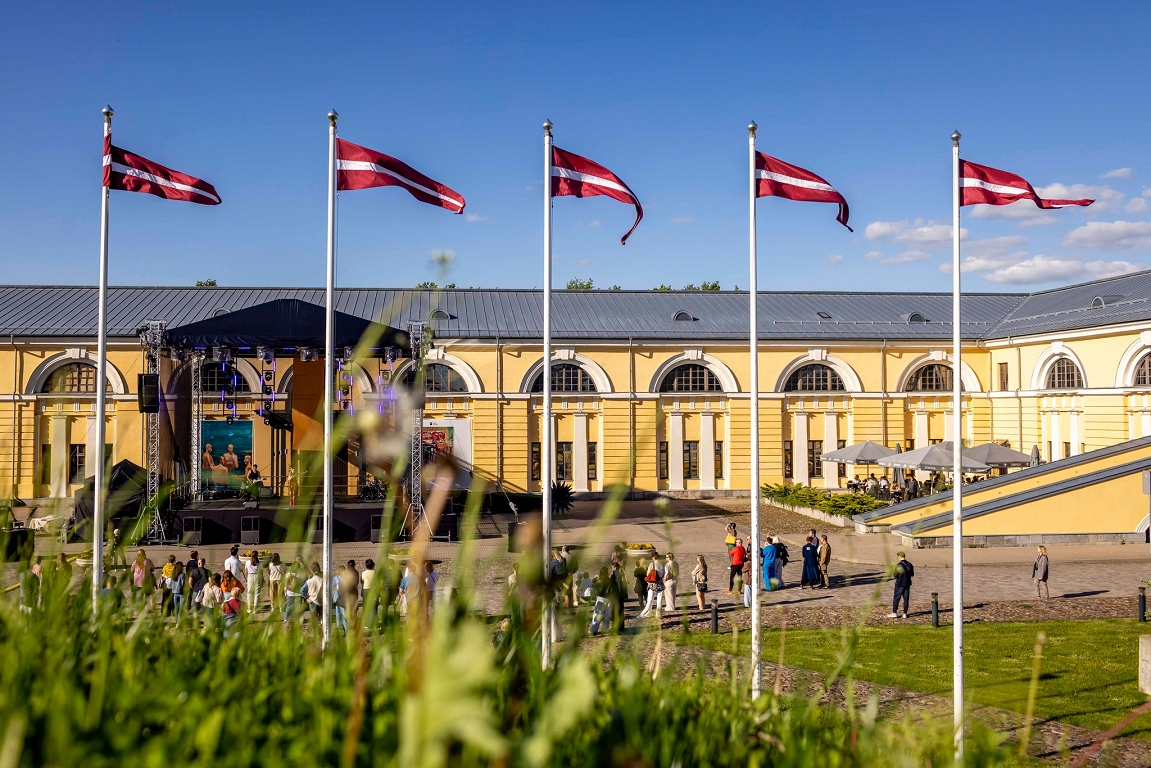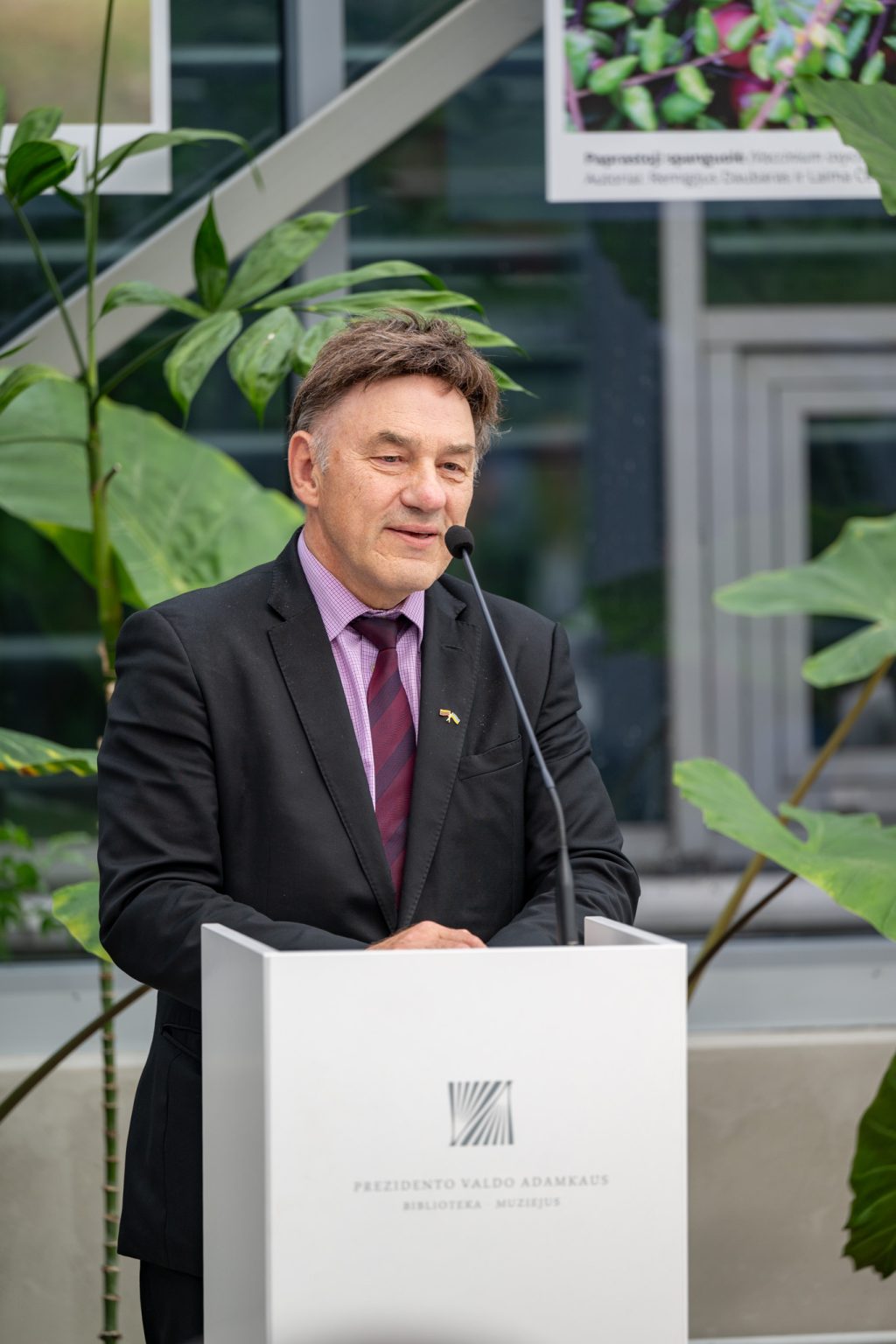30 years ago Timothy McVeigh’s terrorist act in Oklahoma City

The working day of April 19, 1995 had just begun in Alfred P Murrah building where a number of federal authorities had their offices. Right outside Oklahoma City, Gulf War Veteran Timothy McVeigh had just decided to make his plan to blast the house in pieces, which is why he packed his car in the Ottan-in addition to the homemade bomb, he had, among other things, selected sides of white power literature.
In conjunction with him Rolled in towards Murrah, he lit the well -grown stubs, then parked at a relief place under a preschool and left the vehicle on foot against a getaway car. A 2.2 ton heavy mix of various explosive substances was triggered: half the nine -storey house collapsed, hundreds of other buildings were destroyed, about 700 people were injured and 168 were killed, including 19 children.
The then 18 -month -old PJ Allen’s grandmother had left him at preschool, but as a miracle he managed and became the youngest survivor of the terrorist act, albeit with scars from third degree burns, destroyed lungs as well as other unwanted physical and mental memories.
– At this time of year, in April, I am very grateful that I wake up every day. I know some people have not had the same luck, PJ Allen tells Ap.

In one New documentary series From National Geographic, relatives, survivors, rescue workers and others hit the incident. Amy Downs, who was then a 28-year-old employee at a state bank and lost 18 colleagues, says that she had ended up and trapped under a chair.
Firefighter Mike Shannon tells his part that he heard her cry for help and was on her way to her, but for security reasons he had to turn around when another alarm went off. He testifies to his inner conflict that tormented him, about abandoning a man who prays for his life.
– I had forgotten that I asked Mike Shannon to stay and I did not know the struggle he had for not wanting to leave. I didn’t get into his situation. I hate that I made him feel the way I did, says Downs in the documentary.
Like everyone else who was at the site of McVeigh’s atrocity, firefighter Chris Fields has very strong and heartbreaking memories from the day. A moment of his work also contributed to others still having hit images left in their interior, more specifically the Pulitzer-winning photo when he lasts in full uniform it lasts 1 year and 1 day old Baylee Almon’s dead body in his arms.
– I just looked down at Baylee and thought « Wow, someone’s whole world will collapse today, » Chris Fields told AP, adding that he believes that more radical politically motivated violence of this kind is unfortunately expected.
– I’m not worried about it, but do I think it can happen again? No doubt.

It is only possible to speculate About what would have happened if McVeigh’s getaway car did not miss registration plates – that was why police stopped him on the road and detained him because he was carrying a hidden weapon. When investigators could then link his closest powdered car to a rental company which in turn could assist with phantom pictures, it became a narrow thing for the legal system to tighten the snare around him.
The investigation also quickly led to McVeigh having assistants. The most central, Terry Nichols, surrendered to the police in Kansas three days after the deed when he was told that he was wanted. The couple Lori and Michael Fortier had also helped McVeigh by reconnaissance the Murrah building and obtaining a false driver’s license, but she received immunity in the prosecutor’s negotiations with her husband who had her prison sentence reduced to twelve years in exchange for testifying against McVeigh and Nichols.
After high school and a sabbatical as a value transport guard, McVeigh took acquisition as a 20-year-old. As before in his life, his surroundings reacted to his closest obsessed interest in weapons and the military gave him a warning since he carried a t-shirt with the pressure « White Power » at a Ku Klux Klan meeting.

At the location in Georgia He quickly became a friend of Pluton leader Terry Nichols who shared his background, interests and worldview. When they were then relocated to another military base in Kansas, they met Michael Fortier. All three nourished more or less a hatred of authorities and in particular cultivated their anger against the FBI’s and weapons crime ATF’s handling of the heavily armed doomsday sector in Waco where McVeigh had traveled to participate in the protests against the federal police location in 1993 which ended in disaster on April 19.

Terry Nichols, who did not find himself at the crime scene in Oklahoma City, was eventually sentenced to 161 life sentences without the possibility of conditional release for helping to make the bomb used in the act. McVeigh was sentenced to death – when the first federal death penalty since 1963 – for all charges, including murder, use of weapons of mass destruction and explosive damage with fatal outcome.
McVeigh got his poison syringe in front of 232 of the 1,000 victims, relatives and rescue workers invited on June 11, 2001, on the day three months before the terrorist attack against the World Trade Center, Pentagon and Pennsylvania. He never showed any regret about his deed: « If there is a hell, then I will be in good company with many combat pilots who also had to bomb innocent to win the war, » read some of McVeigh’s last words.












/s3/static.nrc.nl/wp-content/uploads/2025/06/07043854/ANP-426099410.jpg)